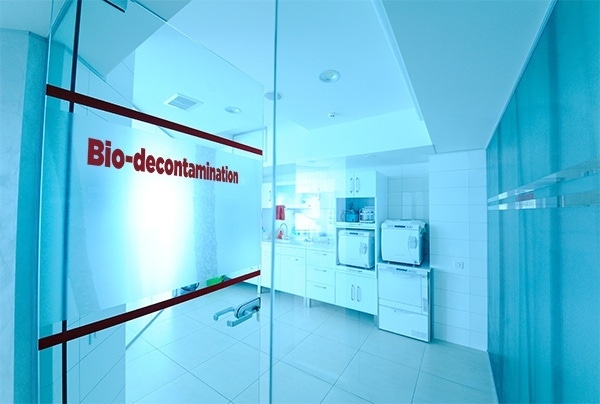Voices of Biotech
Podcast: MilliporeSigma says education vital to creating unbreakable chain for sustainability
MilliporeSigma discusses the importance of people, education, and the benefits of embracing discomfort to bolster sustainability efforts.
February 27, 2019

Sponsored by Vaisala
Effective destruction of microorganisms can be achieved with vaporized hydrogen peroxide, a safe and effective bio-decontamination method in many applications, including medical device manufacturing and healthcare procedure room decontamination. However, to ensure efficacy, it is necessary to monitor the level of hydrogen peroxide during the bio-decontamination. Measurement parameters are interdependent; temperature affects humidity, as does H2O2 concentration. These in turn will determine the point in time that condensation will occur, a critical phase.
Some manufacturers of bio-decontamination chambers or isolators prefer subvisible condensation, whereas others prefer dry bio-decontamination processes where humidity is maintained far from condensation to mitigate damage to materials. Dripping condensation should be avoided due to potentially negative effects on aeration time, materials and uniform decontamination efficiency. Therefore, it’s crucial to measure humidity during vaporized hydrogen peroxide bio-decontamination cycles. However, water (H2O) and hydrogen peroxide (H2O2) have a very similar molecular structure. Therefore they both affect the humidity of the air.
In this white paper, we discuss why Relative Saturation expressed as a percentage is the key parameter to monitor during bio-decontamination with vaporized hydrogen peroxide because it is the point at which condensation occurs. Relative Saturation RS% differs from Relative Humidity RH% depending on the temperature of the air mixture and the concentration of H2O2. We illustrate the difference between these two parameters and show how they differ according to operating environment temperature and hydrogen peroxide PPM.
You May Also Like